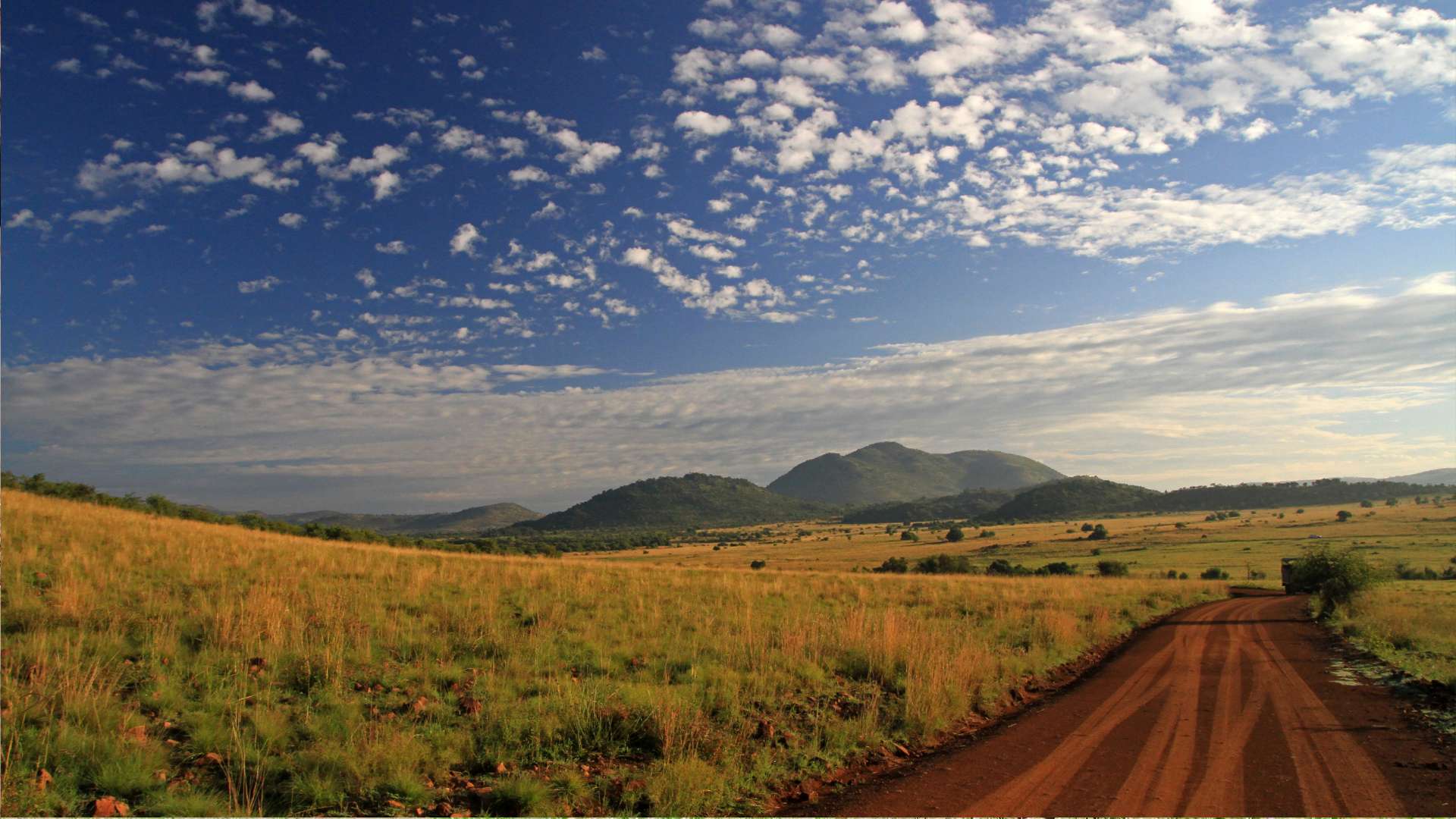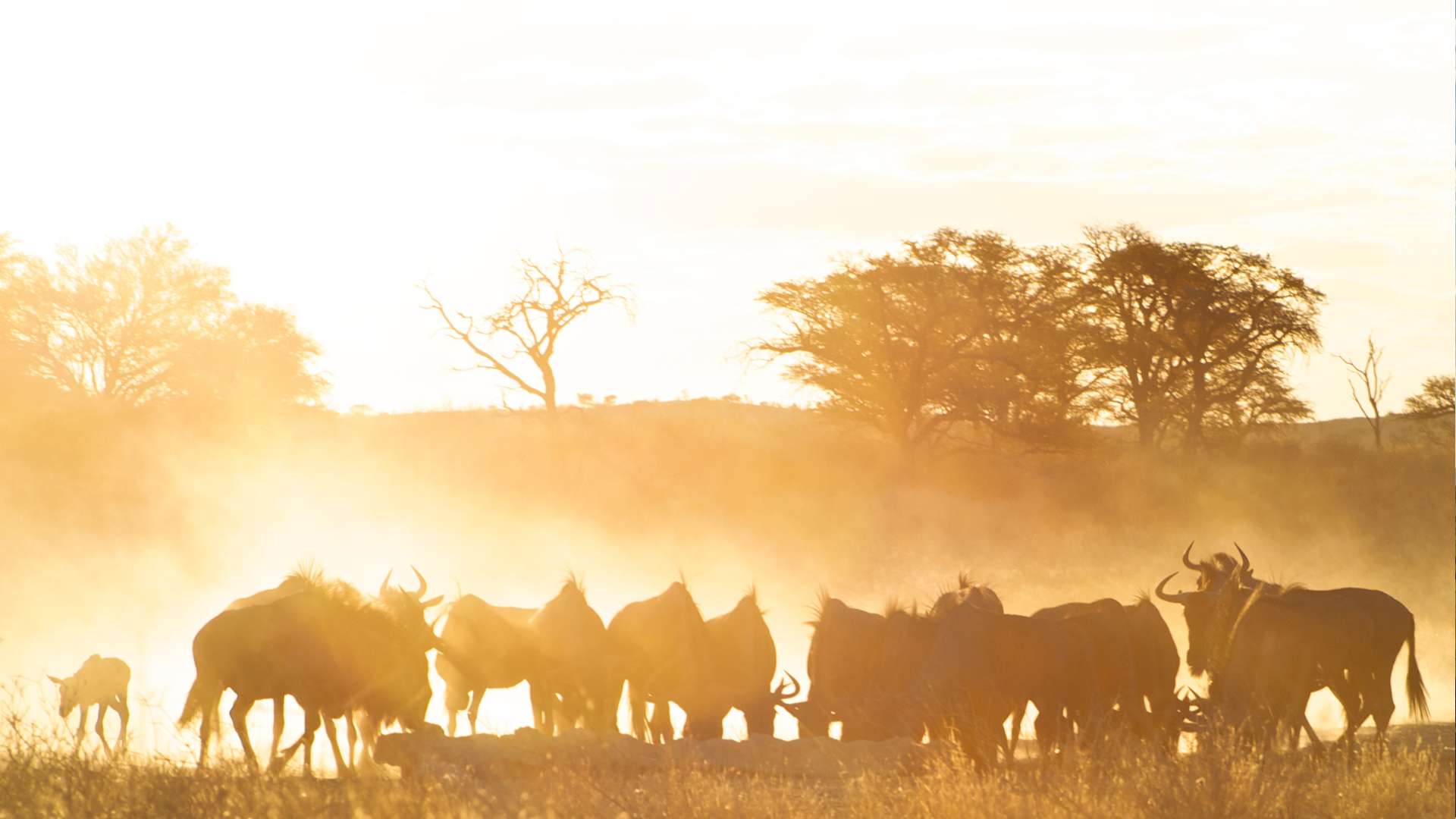
The five largest game reserves in South Africa: Where are they?
South Africa is home to a large number of game reserves, filled with a variety of wildlife. Here are the five largest by square kilometers…

South Africa is renowned for its breathtaking landscapes, rich biodiversity, and some of the most magnificent game reserves in the world. These protected areas offer visitors a chance to experience the raw beauty of African wildlife, from the iconic Big Five to lesser-known species, all in their natural habitats. Here are the seven largest game reserves to explore in South Africa…
1. Kruger National Park
- Size: 19 485 square kilometers
- Location: Limpopo and Mpumalanga
The Kruger National Park is the crown jewel of South African game reserves. Established in 1898, it’s not only the largest but also one of the oldest reserves in Africa. Kruger is home to the Big Five – lion, leopard, elephant, rhino, and buffalo – and boasts over 500 bird species, 147 mammal species, and a vast variety of reptiles, amphibians, and insects. The park’s extensive network of roads and well-maintained camps make it accessible to self-drive tourists and guided safaris alike.
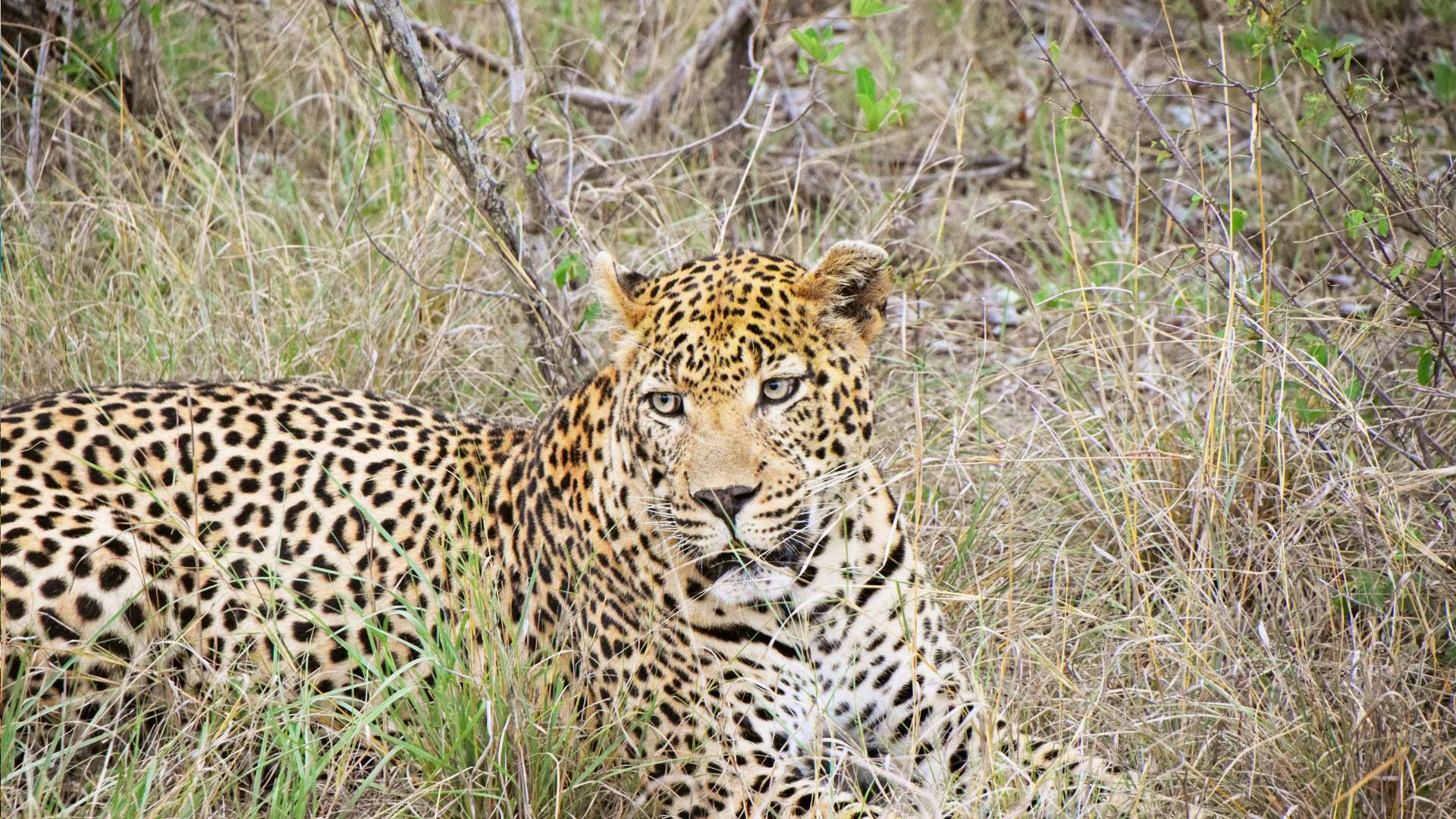
2. Kgalagadi Transfrontier Park
- Size: 38 000 square kilometers (South African portion: 9 591 square kilometers)
- Location: Northern Cape
A unique cross-border conservation area, the Kgalagadi Transfrontier Park spans South Africa and Botswana, with its South African portion being one of the largest protected areas in the country. Known for its striking red dunes and semi-desert terrain, the park offers a stark contrast to the more green reserves. The Kgalagadi is famed for its black-maned Kalahari lions and large herds of gemsbok, springbok, and wildebeest.
Unlike the dense bushveld of Kruger, the open landscapes of Kgalagadi make for excellent game viewing, especially for predators like cheetahs and leopards. The park is also a paradise for bird enthusiasts, particularly those interested in raptors.
3. Addo Elephant National Park
- Size: 1 640 square kilometers
- Location: Eastern Cape
Initially established to protect the dwindling population of African elephants in the region, Addo Elephant National Park has expanded significantly to become the third-largest reserve in South Africa. Today, it’s home to over 600 elephants, as well as the rest of the Big Five.
Addo is also the only park in the world to protect the Big Seven – adding the southern right whale and great white shark to the Big Five. The park’s proximity to the Garden Route makes it an accessible destination for tourists exploring the Eastern Cape.
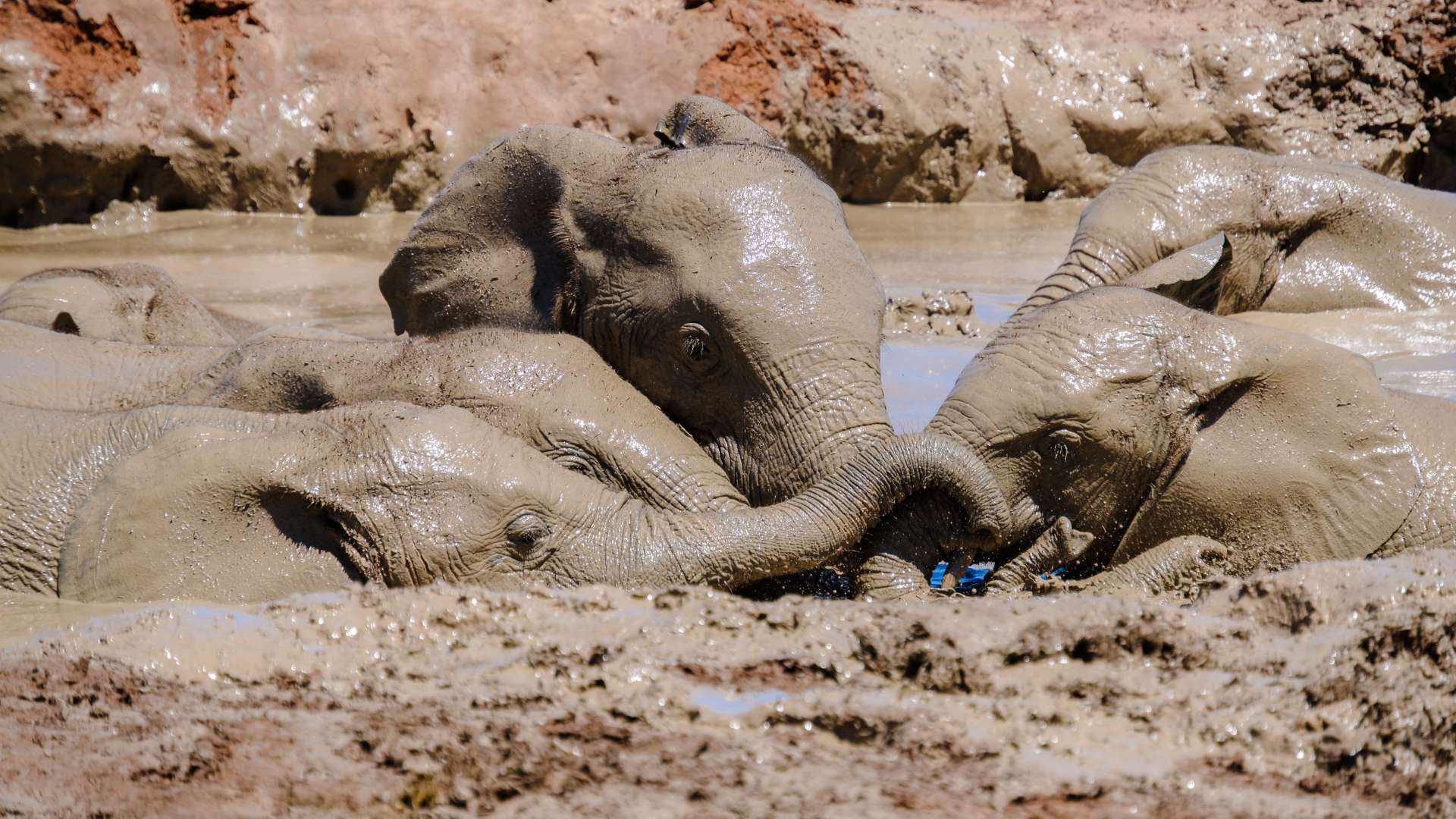
4. Hluhluwe-iMfolozi Park
- Size: 960 square kilometers
- Location: KwaZulu-Natal
Hluhluwe-iMfolozi Park, the oldest proclaimed nature reserve in Africa, is steeped in history and conservation success. It played a pivotal role in saving the white rhino from extinction and continues to be a stronghold for Hluhluwe-iMfolozi Park. The park’s hilly topography offers spectacular views and a variety of habitats, from savannah to forests.
Visitors to Hluhluwe-iMfolozi can enjoy the thrill of guided walks, boat safaris on the Hluhluwe River, and self-drive adventures through the park’s well-maintained road network.
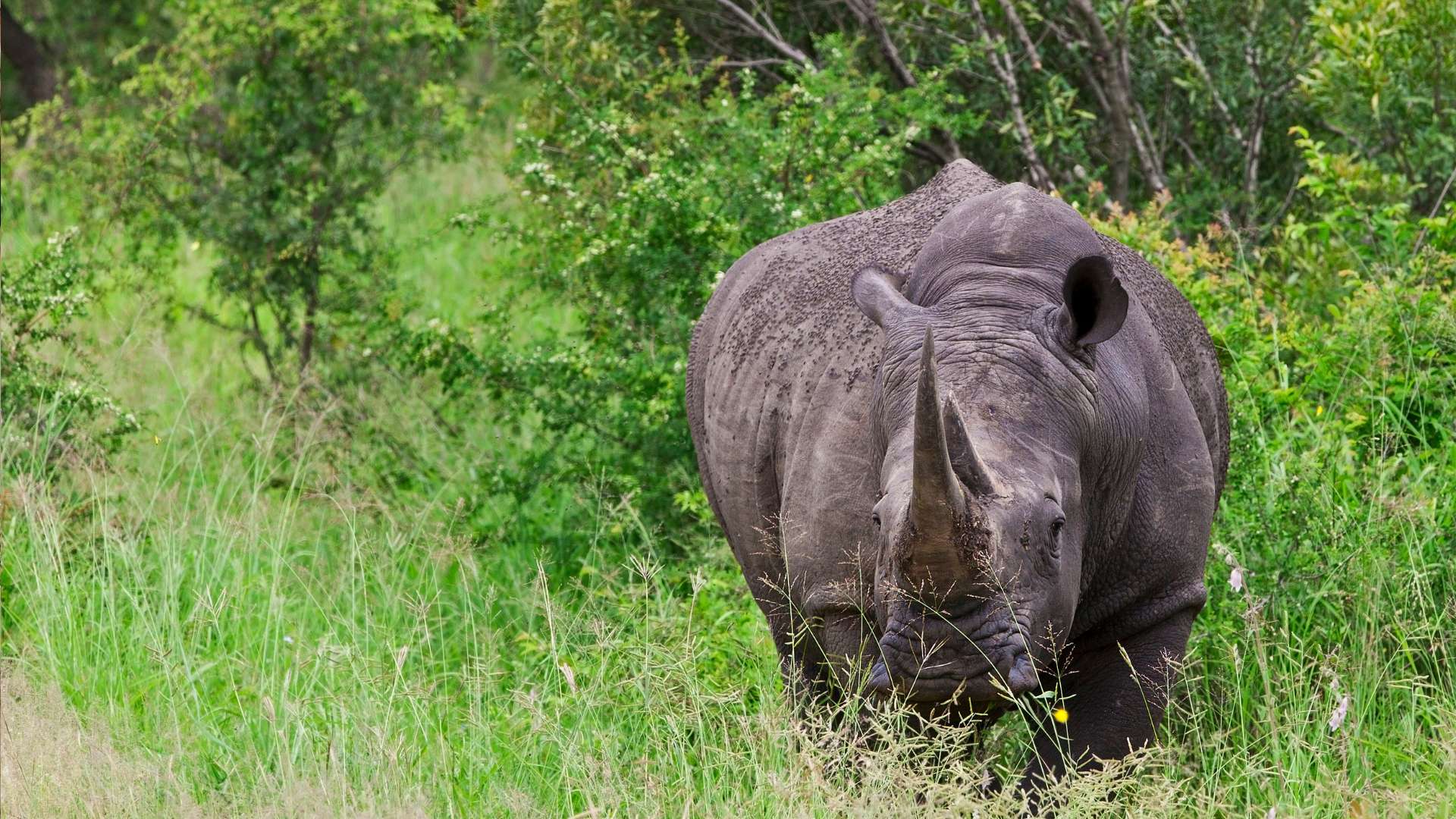
5. Pilanesberg National Park
- Size: 572 square kilometers
- Location: North West
Nestled in the crater of a long-extinct volcano, Pilanesberg National Park offers a unique geological landscape that sets it apart from other reserves. Its proximity to Johannesburg makes it a popular destination for day trips or weekend getaways. The park is home to the Big Five and boasts over 360 bird species, making it an excellent spot for both game viewing and birdwatching.
Pilanesberg’s diverse landscapes include savannah, bushveld, and forested areas, providing ample opportunities for photographers. The park’s well-established infrastructure, including hides and viewing decks, enhances the safari experience, allowing visitors to observe wildlife at close range.
